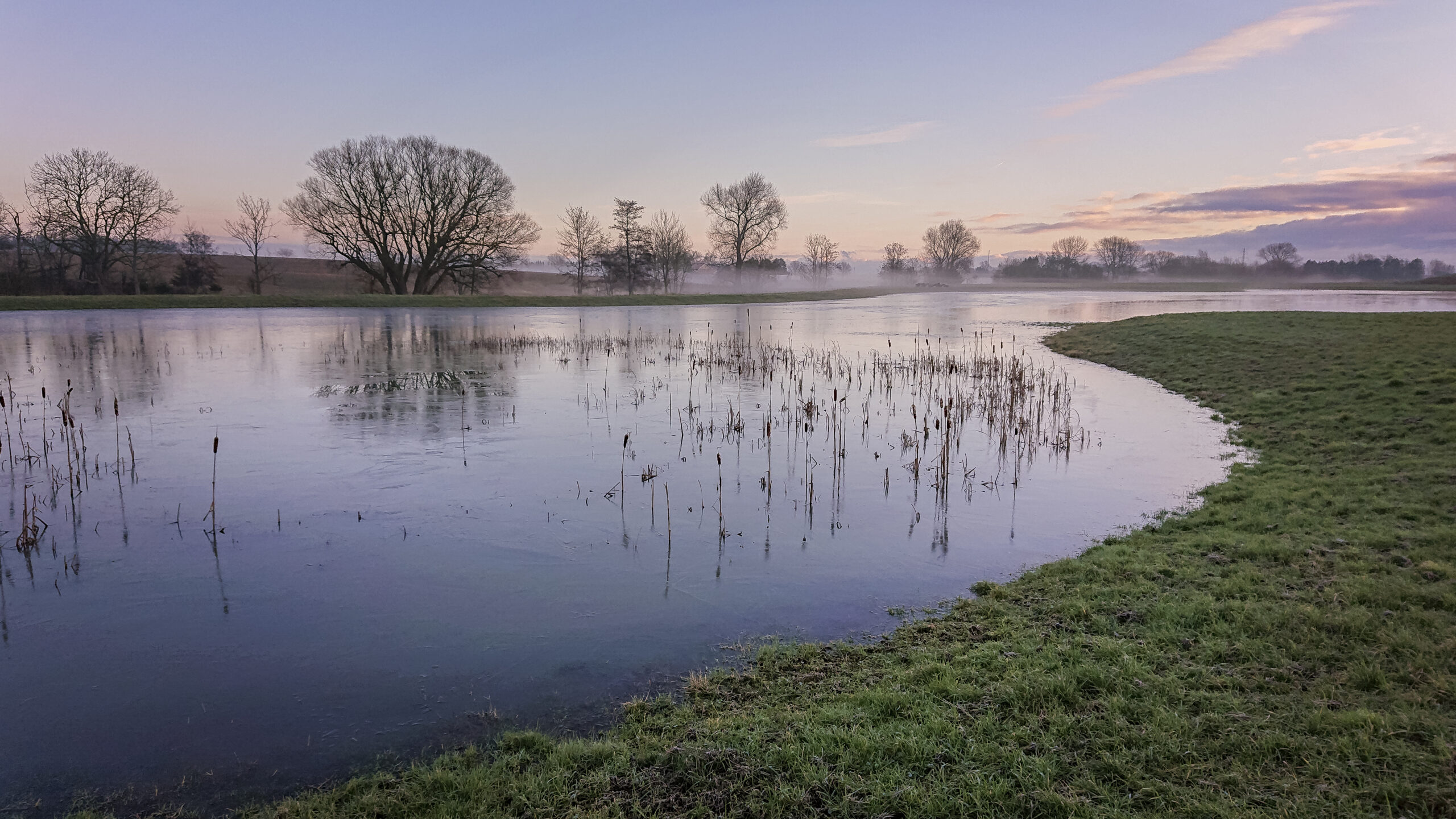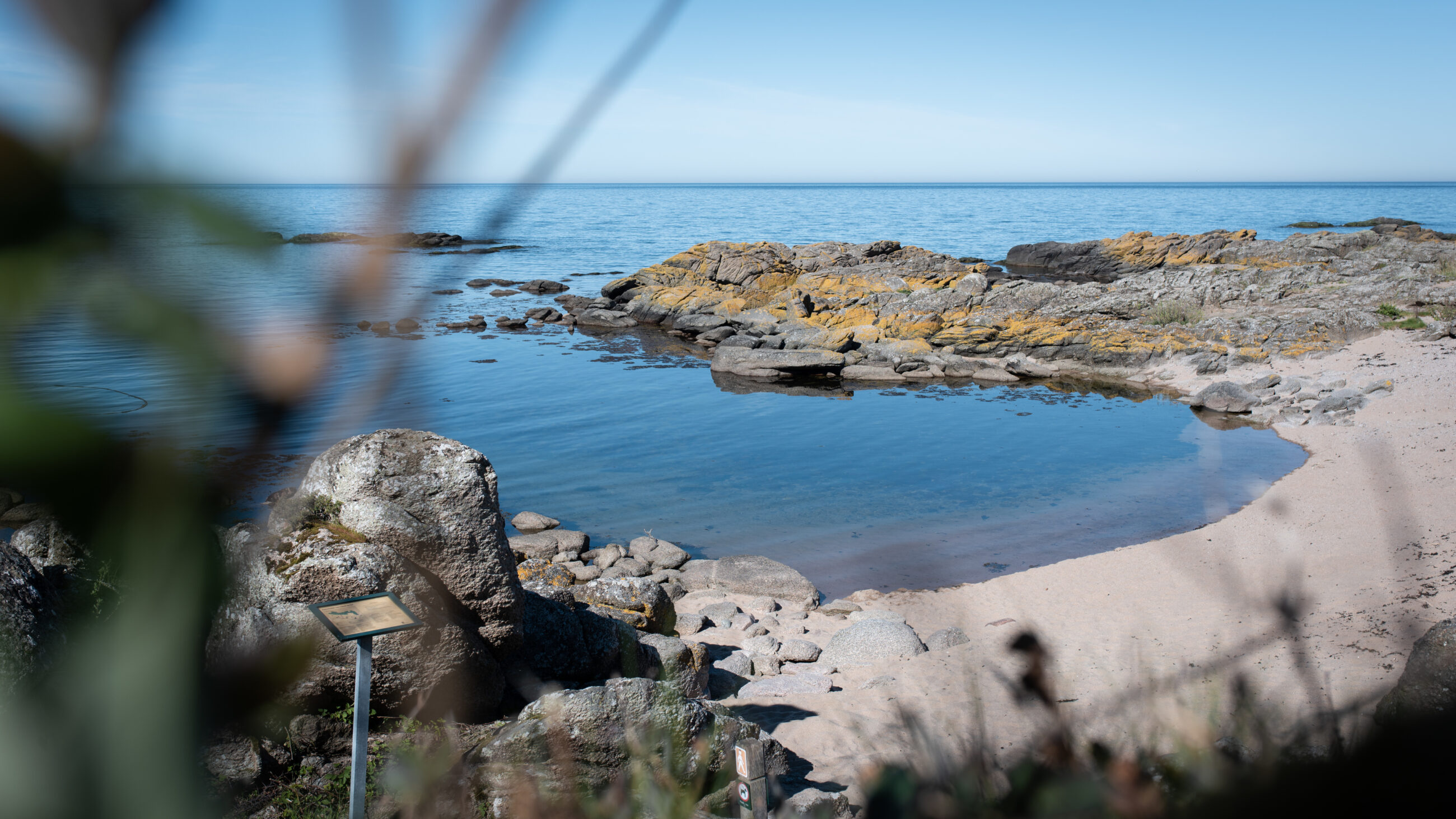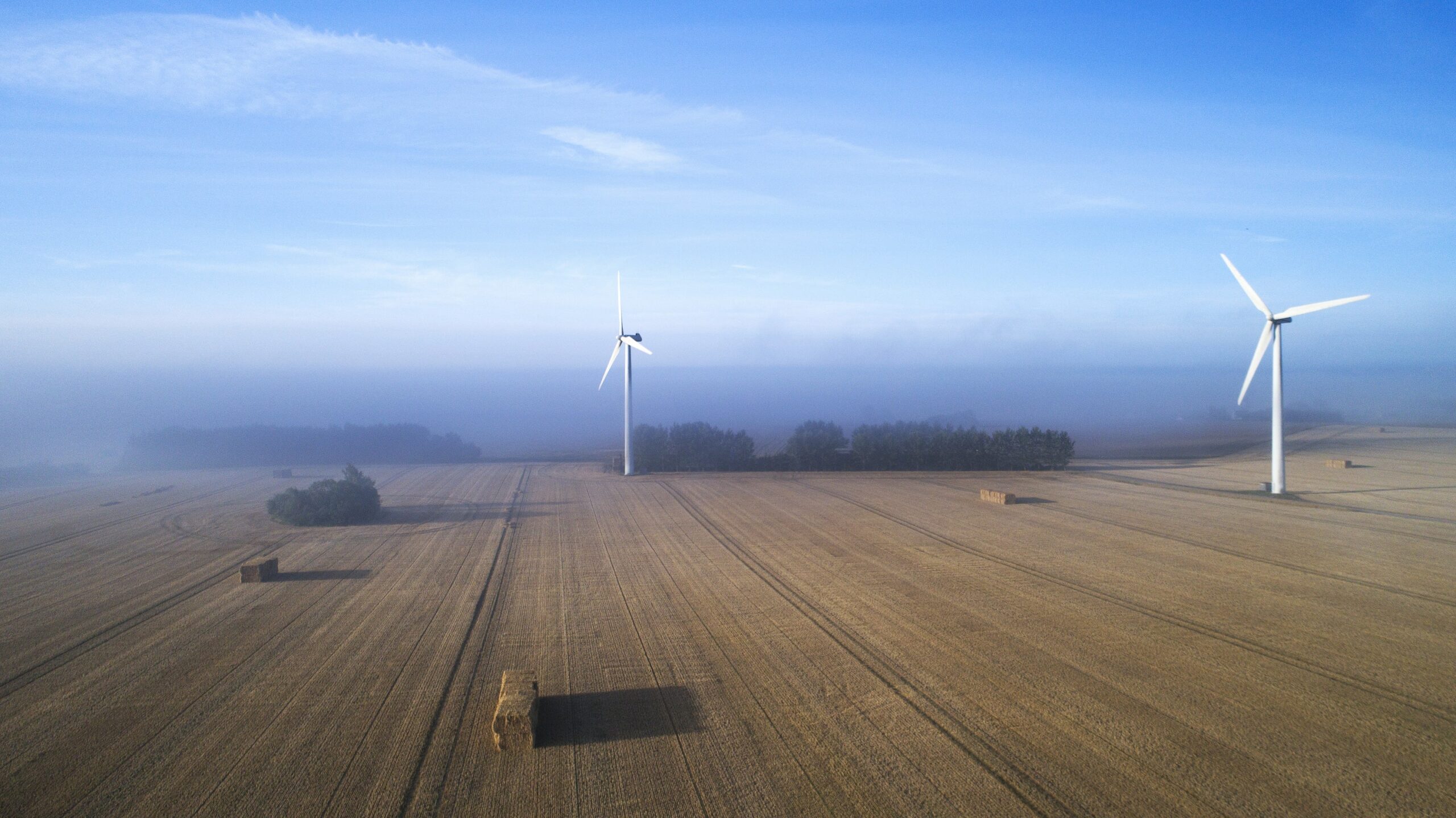News
Resource efficient production
Waste policy and planning
Looping Resources: Concrete examples of using waste as a resource


Targeted regulation has been pivotal for Danish recycling rates
In 1978, Denmark introduced the world’s first law on recycling, which stated that at least 50 % of all waste from beverage packaging and paper should be recycled.
Then, in 1987, both a landfill and incineration tax was introduced, which in 1997 was supplemented by a ban on sending any waste suitable for recycling or incineration to landfills. Now, the EU’s Waste Framework Directive lays out requirements for governments that regulations should give priority to waste prevention over other types of waste handling (the waste hierarchy). These important sets of legislation have started the Danish journey towards becoming amongst the top recyclers in the world.
- Browse through +1,400 solutions from +600 Danish companies
In 2014, 67% of the total amount of waste in Denmark was recycled, while only 5% was sent to landfills. Most recently, the Danish commitment to promote a circular economy is reflected in the country’s national waste strategy, “Denmark without waste”. The strategy is divided into two parts, focusing on waste management and waste prevention, respectively.
The waste management plan lays out quantitative targets for recycling as well as a large number of initiatives revolve around encouraging the development of green technologies, better waste policies and an increased focus on citizens and their role in the waste management cycle. The waste prevention programme highlights five different focus areas which are being addressed via 72 different initiatives such as encouraging resource and cost-efficient green business models as well as public-private partnerships.
Recycled waste in Denmark: In Denmark approximately 11.7 million tonnes
of waste is produced annually. In 2014, a total of 67 % of this was recycled,
28 % was incinerated and 5 % was landfilled.
Danish businesses at the forefront of recycling
One of the practical steps which have proven a significant influence on the rates for waste collection and recycling in Denmark is the Danish deposit-return system for beverage packaging. Targeted Danish legislation combined with ambitious cooperation between private actors has meant that even though the amount of one-way packaging for beverages is increasing, the collection rate of this type of packaging remains stable at around 89 %, making it one of the most efficient collection systems for beverage packaging in the world.
- Related news: Circular consumption through innovative business models
Other areas such as recycling of construction and demolition waste, preparing hazardous wastes for recycling, treating contaminated soil and as well as commercial waste in general are also amongst the core expertise of Danish companies.
In addition, public programmes such as the Danish Green Investment Fund, Danish Eco-Innovation Program and InnovationFund Denmark have supported the development of new technology for the circular economy and keep pushing Danish businesses towards adopting circular economy principles.
Recycling of artificial turf
As the first in the world, Re-Match uses patented state-of-the-art technology to separate worn-out artificial turf into raw, clean components, which can then be re-used or recycled in the turf industry or in other industries. Re-Match is able to separate every part of the worn-out synthetic turf into rubber granules, sand and plastic fibres. The technology is so effective that almost 100% of the components can be either reused or recycled.
Each Re-Match facility can handle more than 40,000 tons of worn-out wet synthetic turf yearly, generating clean separated materials, which are mainly reused in new soccer pitches worldwide. The process uses 2 per pitch. On a global scale, 9000+ pitches will become waste in 2017. Previously, worn-out pitches were incinerated or sent to landfills. When incinerating a pitch, 340 tonnes of CO2 is released. Furthermore, producing new raw materials for a pitch creates 80 tonnes of CO2. Thus, by implementing a circular production process, a net CO2 saving of roughly 400 tonnes per pitch is achieved.
Used insulation and discarded porcelain and sanitaryware upcycled into new insulation
With over 30% of Denmark’s waste coming from construction, upcycling of used building materials has become an area of increased focus. As a result, traditional disposal methods that send waste insulation to landfill sites and crush porcelain and sanitaryware to make road fill are being replaced by a new, greener alternative jointly developed by three Danish companies.
Construction waste from Danish recycling centres is delivered to RGS 90, a company which specialises in the processing, sorting, removing and recycling of waste products. Here, all unwanted materials are removed. Recyclable ROCKWOOL insulation and ROCKFON acoustic panels are then seGparated from the unrecyclable insulation before being granulated. Porcelain and sanitaryware are crushed before being sent to the ROCKWOOL production facility, where they are used to manufacture new, recyclable insulation.
This process was developed in 2012 by RGS 90, ROCKWOOL and Combineering A/S.
- The items in this article can be found in State of Greens white paper: Circular Economy
- Click here to download the white paper: Circular Economy
You should consider reading
publications
Resource efficient production
+15















